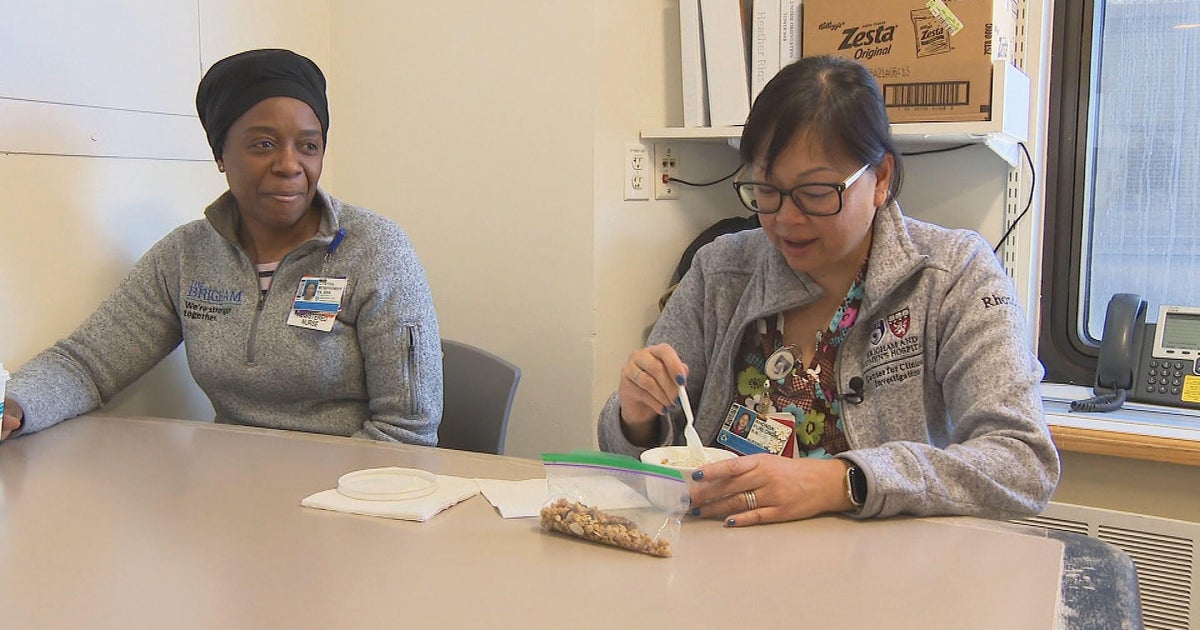The Inflation Reduction Act's Hidden Cost: Rural Healthcare at Risk?

The Inflation Reduction Act (IRA), touted as a landmark achievement for healthcare affordability, faces growing scrutiny for its potential adverse impact on rural healthcare providers and communities. While the Act aims to lower prescription drug costs for seniors, the way it's structured could inadvertently cripple the very institutions that serve as vital lifelines in underserved rural areas.
The Problem: Reimbursement Rates and Financial Strain
The IRA mandates Medicare price negotiation for certain high-cost drugs. While seemingly beneficial for consumers, the resulting reduced reimbursement rates for these drugs pose a significant threat to rural hospitals and clinics. These facilities often operate on razor-thin margins, relying on revenue from these medications to fund essential services. A substantial decrease in revenue could lead to closures, reduced services, and ultimately, diminished access to care for rural residents.
Rural healthcare providers already face a unique set of challenges. They contend with:
- Limited Resources: Fewer specialists, outdated equipment, and inadequate staffing are common issues.
- Geographic Isolation: Patients often have to travel long distances to access care, creating barriers to timely treatment.
- Aging Population: Rural areas tend to have a higher proportion of elderly residents with complex health needs.
- Economic Hardship: High poverty rates and unemployment can limit access to insurance and healthcare services.
The IRA’s drug price negotiation, without adequate consideration for the unique circumstances of rural providers, risks exacerbating these existing challenges.
Beyond the Bottom Line: The Human Cost
The consequences of rural healthcare closures extend far beyond financial statements. They impact the very fabric of rural communities. When a hospital closes, it's not just a loss of beds and equipment; it's a loss of jobs, a loss of emergency services, and a loss of a crucial anchor for the local economy. Residents are forced to travel further for care, delaying treatment and potentially leading to poorer health outcomes. This can be especially detrimental for vulnerable populations, such as the elderly and those with chronic conditions.
Potential Solutions and a Call for Reassessment
While the IRA's goals of lowering drug costs are commendable, policymakers must address the unintended consequences for rural healthcare. Here are some potential solutions:
- Rural Provider Exemptions/Adjustments: Consider exemptions or adjusted reimbursement rates for rural hospitals and clinics, recognizing their unique financial vulnerabilities.
- Targeted Funding: Allocate specific funding to support rural healthcare infrastructure and workforce development.
- Value-Based Care Models: Promote value-based care models that incentivize quality and efficiency, rather than solely focusing on price.
- Comprehensive Impact Assessment: Conduct a thorough assessment of the IRA’s impact on rural healthcare to identify and mitigate potential harms.
The Inflation Reduction Act was intended to improve the health and financial well-being of Americans. However, its current structure threatens to undermine rural healthcare, creating a paradox where efforts to help one group inadvertently harm another. A reassessment and targeted adjustments are crucial to ensure that the IRA truly benefits all Americans, including those living in rural communities.






